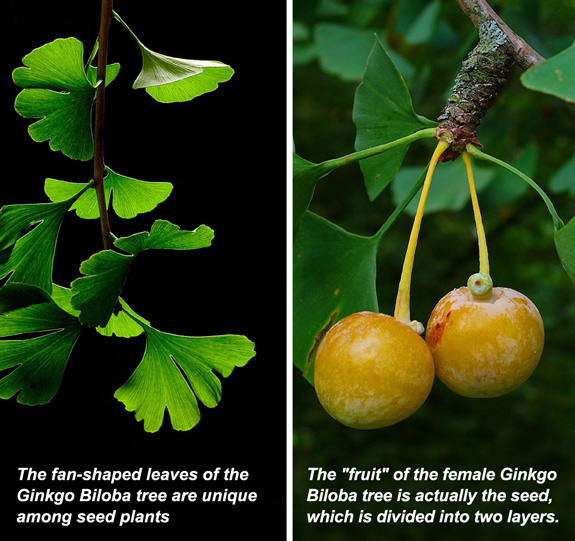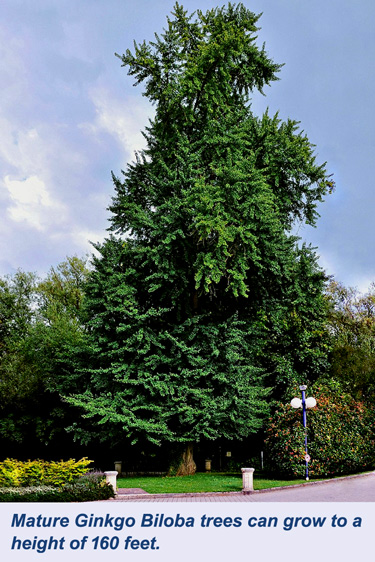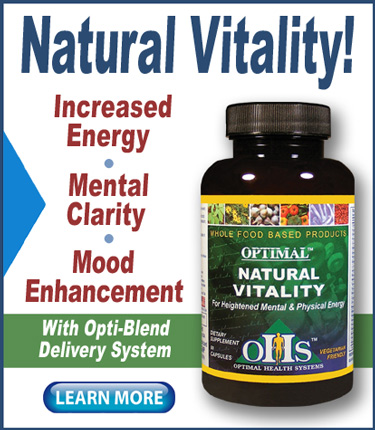Ginkgo Biloba today is known for the many medicinal benefits of its leaves and nuts.
But not many people know that the Ginkgo Biloba is the oldest tree on earth.
“It is a living fossil,” says noted British botanist Sir Peter Crane, PhD, writing in a Yale University Press paper. “It’s the only living single species with no known relative.”
But Ginkgo is not only a record-holder in the fossil record, it is also the oldest currently-living tree.
According to Wikipedia, a combination of resistance to disease, insect-resistant wood and the ability to form aerial roots and sprouts makes Ginkgos long-lived, with some specimens dating back over 2,500 years.
Evidence points to Ginkgo originating in China, where some researchers say it has been used in Traditional Chinese Medicine for thousands of years.
WebMD notes that “Using Ginkgo Biloba for asthma and bronchitis was described in 2600 BC.”
However, according to Crane, written documentation of cultivation and medicinal use only date back about 1,000 years.
Regardless of whether one uses the documented or “tradition” dates, it has an extremely long history of cultivation, with food and medicinal uses.
From China, Ginkgo Biloba traveled around Asia and up the coastal routes into Korea and Japan. It did not reach Europe until the mid-1700s.
The first westerner to learn and write about the amazing tree was Engelbert Kaempfer, who was with the Dutch East India Company.
A slightly-famous Ginkgo tree was planted at London’s Kew Gardens in 1760, and is mentioned in Professor Crane’s book, Ginkgo: The Tree That Time Forgot.
The modern applications we know today came from the research of German scientists. In fact, it is still an important prescription herb in Germany.
Ginkgo’s long history—and the fact that it is still used medicinally in Europe—probably explain why it enjoys wider acceptance in the U.S. compared to other medicinal herbs.
• MayoClinic.org states, “The most helpful components of ginkgo are believed to be flavonoids, which have powerful antioxidant qualities, and terpenoids, which help improve circulation by dilating blood vessels and reducing the stickiness of platelets.”
• Healthline.com features a Twelve benefits of Ginkgo Biloba list. The long list includes improved brain function and “reduction in symptoms of psychiatric disorders and dementia.”
• The American Academy of Family Physicians states: “Ginkgo biloba is commonly used in the treatment of early-stage Alzheimer’s disease, vascular dementia, peripheral claudication, and tinnitus of vascular origin.”
The modern applications we know today come mostly from the research of German scientists. It is still an important prescription herb in Germany (and of course in all Asian countries where herbal medicines proliferate).
In recent years, literally hundreds of studies on Ginkgo Biloba have been conducted by German and French scientists.
And what have they discovered?
One of the most promising findings of European scientists is that Ginkgo extract combined with Ginseng makes an excellent “combo formula”—especially for older people.
These herbs act together to enhance oxygen intake and utilization. When this happens memory and other mental faculties improve.
The studies have also indicated that Ginkgo may be of value in treating depression, long distance vision and blood flow to the hands and feet. It is also effective for for headaches, sinusitis, menopause problems, and vertigo.
Ginkgo’s antioxidant qualities have been shown by both European and American scientists to improve platelet and nerve cell functions, as well as blood flow to the nervous system and brain, thus reducing blood viscosity.
Ginkgo Biloba is part of the proprietary blend in several Optimal Health Systems products, including:
• Opti-GI by Dr. Brimhall
• Natural Vitality
– – –
Sources: Herbalwisdom.com, Yale University Press, Ginko: The Tree Time Forgot, WebMD.com, Wikipedia.



